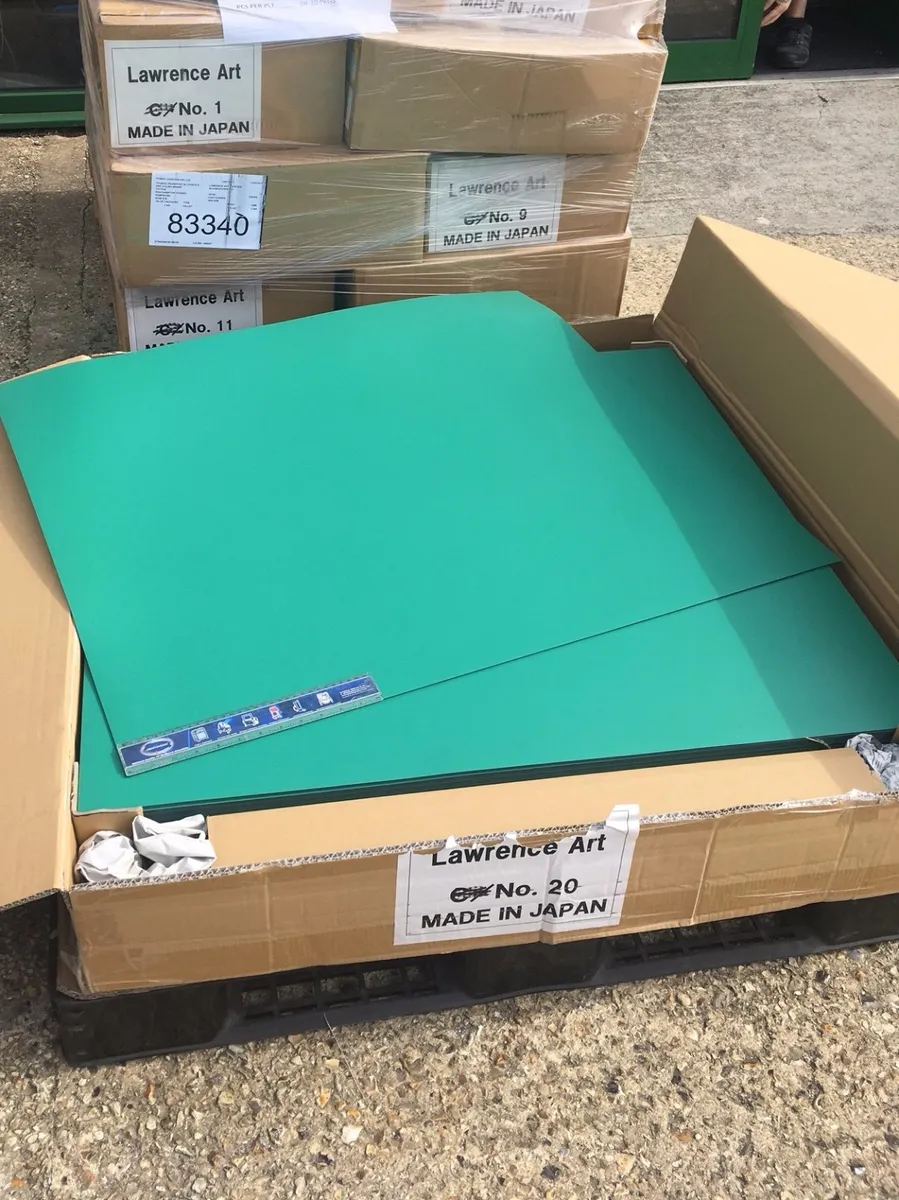Sealing vinyl on paper is a crucial step in preserving and protecting your valuable artwork, documents, or crafts. Whether you are a professional artist, a DIY enthusiast, or simply looking to enhance the longevity of your paper-based projects, understanding the proper techniques and materials for sealing vinyl on paper is essential. In this comprehensive guide, we will explore various methods, tools, and tips to help you achieve a flawless and long-lasting seal.
- Understanding the Importance of Sealing Vinyl on Paper:
- Preservation: Sealing vinyl on paper acts as a barrier against moisture, dust, and other environmental factors that can cause deterioration over time.
- Protection: A sealed vinyl layer adds durability, preventing smudging, fading, or damage from handling.
- Enhancement: Sealing can enhance the appearance of your artwork or crafts, providing a glossy or matte finish, depending on your preference.
- Materials and Tools Required:
- Vinyl Sealant: Choose a high-quality vinyl sealant that is specifically designed for paper surfaces. Look for products that offer UV protection and are acid-free to ensure long-term preservation.
- Brushes or Applicators: Opt for soft-bristle brushes or foam applicators to evenly apply the sealant without leaving streaks or brush marks.
- Clean Cloth: Keep a lint-free cloth handy to wipe away any excess sealant or to buff the surface after sealing.
- Step-by-Step Guide to Sealing Vinyl on Paper:
Step 1: Prepare the Surface:
- Ensure that the paper is clean, dry, and free from any dust or debris. Use a soft brush or compressed air to remove any loose particles.
- If your paper has creases or wrinkles, gently flatten it using a clean, dry cloth or a low-heat iron (with a protective barrier between the iron and paper).
Step 2: Apply the Vinyl Sealant:
- Shake the vinyl sealant bottle well before use to ensure proper mixing of the ingredients.
- Pour a small amount of sealant onto a clean palette or dish.
- Dip the brush or applicator into the sealant, ensuring it is evenly coated but not overloaded.
- Apply the sealant in thin, even strokes, working from one edge to the other. Avoid excessive brushing or overlapping, as it may cause streaks or uneven coverage.
- Allow the first coat to dry completely before applying additional coats, if desired. Follow the manufacturer's instructions for drying time.
Step 3: Finishing Touches:
- Once the sealant is dry, inspect the surface for any imperfections or unevenness. Gently sand the sealed area with fine-grit sandpaper if necessary, followed by a light buffing with a clean cloth.
- If desired, you can add a second or third coat of sealant for added protection or a more pronounced finish. Ensure each coat is completely dry before applying the next.
- Additional Tips and Considerations:
- Test the sealant on a small, inconspicuous area of the paper before applying it to the entire surface to ensure compatibility and desired results.
- Work in a well-ventilated area to avoid inhaling fumes from the sealant.
- Store your sealed paper projects in a cool, dry place, away from direct sunlight and extreme temperature fluctuations.
- Regularly inspect and maintain sealed paper items to ensure the seal remains intact and reapply sealant as needed.
Conclusion:
Sealing vinyl on paper is a valuable skill that can significantly enhance the longevity and appearance of your artwork, documents, or crafts. By following the techniques and tips outlined in this guide, you can achieve professional-quality results and ensure the long-term preservation of your paper-based projects. Remember to choose high-quality materials, apply the sealant with care, and maintain your sealed items properly. With these practices in place, your sealed vinyl on paper creations will withstand the test of time.


